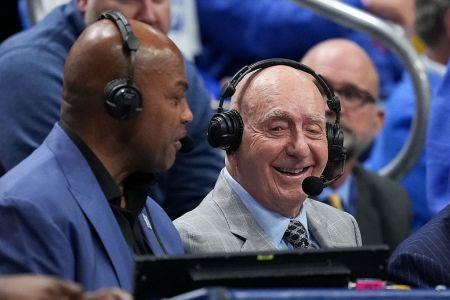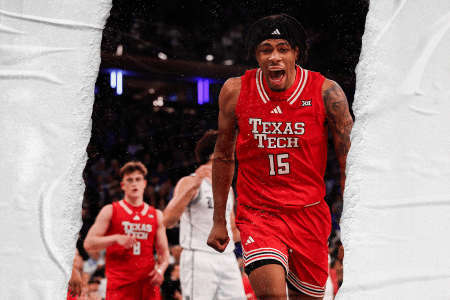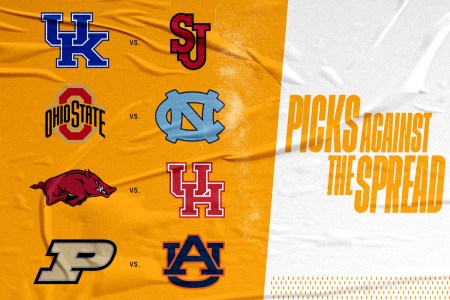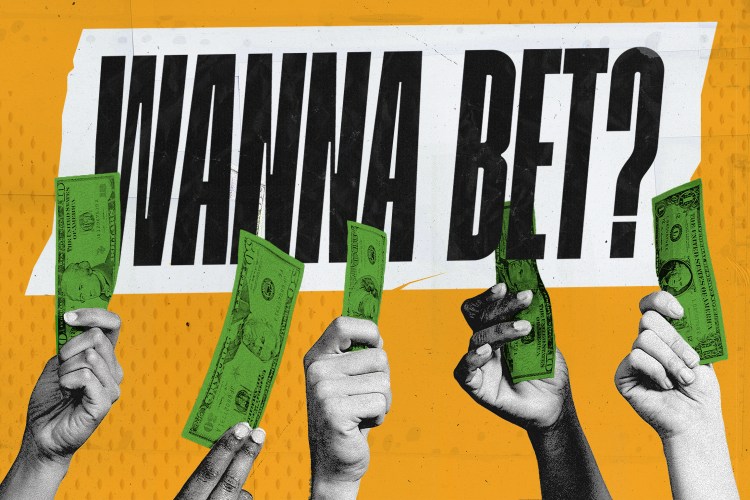I believe the NCAA Tournament selection committee must be fully transparent in discussing their at-large selections and seedings. Personally, I felt like the committee had been consistent in those areas over the course of the last few years, but Sunday’s bracket announcement appeared to lean more toward inconsistency.
We always heard that who you beat, where you beat them and who you lost to is extremely important in determining a team’s worthiness. North Carolina beat one at-large team. That was a victory on a neutral court over UCLA, which was awarded a No. 7 seed.
This is the first time we’ve seen a team (North Carolina) get an at-large bid with that poor of a record against Q1 opponents (1-12). It really doesn’t make much sense to me and probably doesn’t make sense to a lot of fans. However, those fans who know that the chair of the committee is North Carolina athletic director Bubba Cunningham will be quick to play the conspiracy card. It was explained on the CBS and ESPN selection shows that Cunningham wasn’t in the committee room when the Tar Heels were discussed, nor did he have a vote on their inclusion. Still, without some better answers as to why North Carolina made it, the doubt lingers.
I realize this sounds demanding, but I believe a lot of people would appreciate clarity and answers. What were the specific reasons Team A was put in over Team B? I think it would benefit teams in the future to know what is most important. I would love to see a breakdown as to why North Carolina was chosen over West Virginia. Did Boise State not get in because of poor performance last year from Mountain West teams in the NCAA Tournament? The Broncos beat six teams in the field, including Clemson, a team UNC failed to beat.
The bottom line is, I don’t feel too bad for the bubble teams that were left out of the tournament because every one of them had significant flaws. My best advice to those and future teams who sweat it out on Selection Sunday would be to not leave it to chance, schedule properly and beat as many at-large teams as you can while boosting your overall resume metrics. If that sounds confusing, well yeah, it is. Bracket reactions are — every year.
And while the debate/question about North Carolina earning the last at-large spots is reason for hot sports opinions, the overall bracket is acceptable.
Now, on to less caustic commentary. I really don’t have any gripes with the committee regarding the seeding of teams. I projected every No. 13 through No. 16 seed correctly. In recent years, I believe the committee has been consistent with seeding those bottom teams.
I thought Oregon (No. 5 seed in the East) could have been a No. 4 seed and Purdue a No. 5 instead of being the No. 4 seed in the Midwest. Oregon had a better record against Q1A opponents, Q1 opponents, Q1 and Q2 opponents combined and also had a better strength-of-record. Head-to-head results typically don’t play a role, but maybe it did here as Purdue won at Oregon in Big Ten play.
Memphis (No. 5 in the West) was a team I believed had a wide range of seeding outcomes. I thought it could land anywhere between a No. 5 and No. 8. The Tigers accrued some excellent wins: Michigan State, UConn, Missouri, Ole Miss and at Clemson, but their predictive metrics were extremely poor. I’m glad the committee gave Memphis the benefit of the doubt due to those wins over guaranteed at-large bids.
Another team I felt was tough to seed was Gonzaga. The Bulldogs had the opposite resume of Memphis. Strong predictive metrics (top 10 in the country), but relatively weak resume metrics. Gonzaga ended up getting a No. 8 seed which I’m content with. However, I’m not so sure Houston is happy to see the Zags as its potential second-round opponent.
One thing we learned from this Selection Show is that strength-of-record matters. North Carolina and Xavier each had better SOR’s than the other bubble teams, and the fact that both only had one Q1 win didn’t seem to matter. UNC played a strong non-conference schedule and finished 16-13 against the top three quadrants. Texas didn’t have a particularly strong SOR, but its seven Q1 wins (in 17 opportunities) was crucial the Longhorns’ inclusion.
When it comes to Boise State and Indiana being left out: Both teams had strength-of-records in the 50’s. Boise State also had a Q4 loss, while the Hoosiers finished 4-13 against Q1 opponents. I thought the fact that Indiana was undefeated against Q2-Q4 opponents would matter, but apparently it did not. Also, I thought Boise State beating six at-large teams (which is two more wins than UNC and Xavier had combined) would matter, but it did not.
When it comes to West Virginia getting left out, the committee clearly judged the team based on how it played without Tucker Devries, a 6-foot-7 senior guard who averaged nearly 15 points in the first eight games before being lost for the season. I felt the committee may have been a bit harsh with keeping the Mountaineers out, as they did win at Kansas and beat Iowa State without Devries. Losing to Colorado in the Big 12 Tournament was clearly a bad way to end the season in the eyes of the committee.












